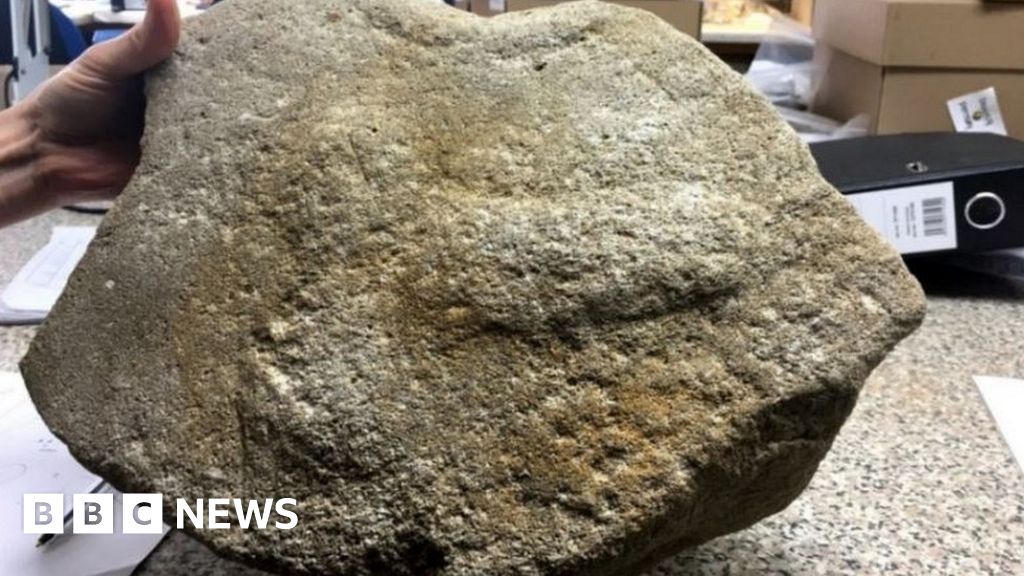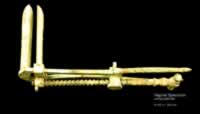Roman surgical & medical instruments.
Of
course they start right off the bat with the vaginal speculum, what else did you expect!?!
A Display of Surgical Instruments from Antiquity NOTICE: All images in the exhibit are the property of Historical Collections & Services of the Health Sciences Library, University of Virginia. Please contact a member of Historical Collections for permission to reproduce … Continue reading →
exhibits.hsl.virginia.edu
Also, a twitter thread that compares the roman version to the modern counterpart









